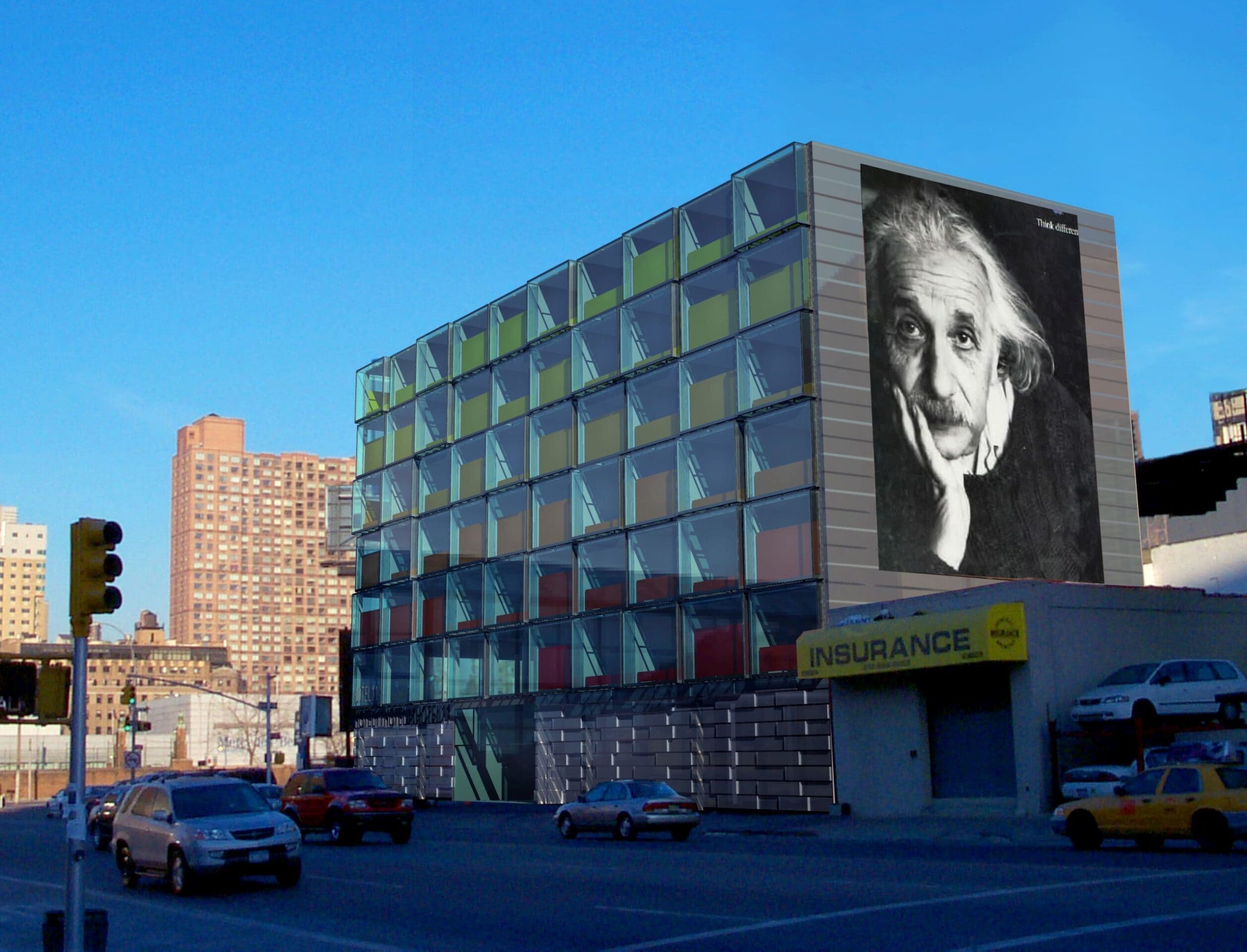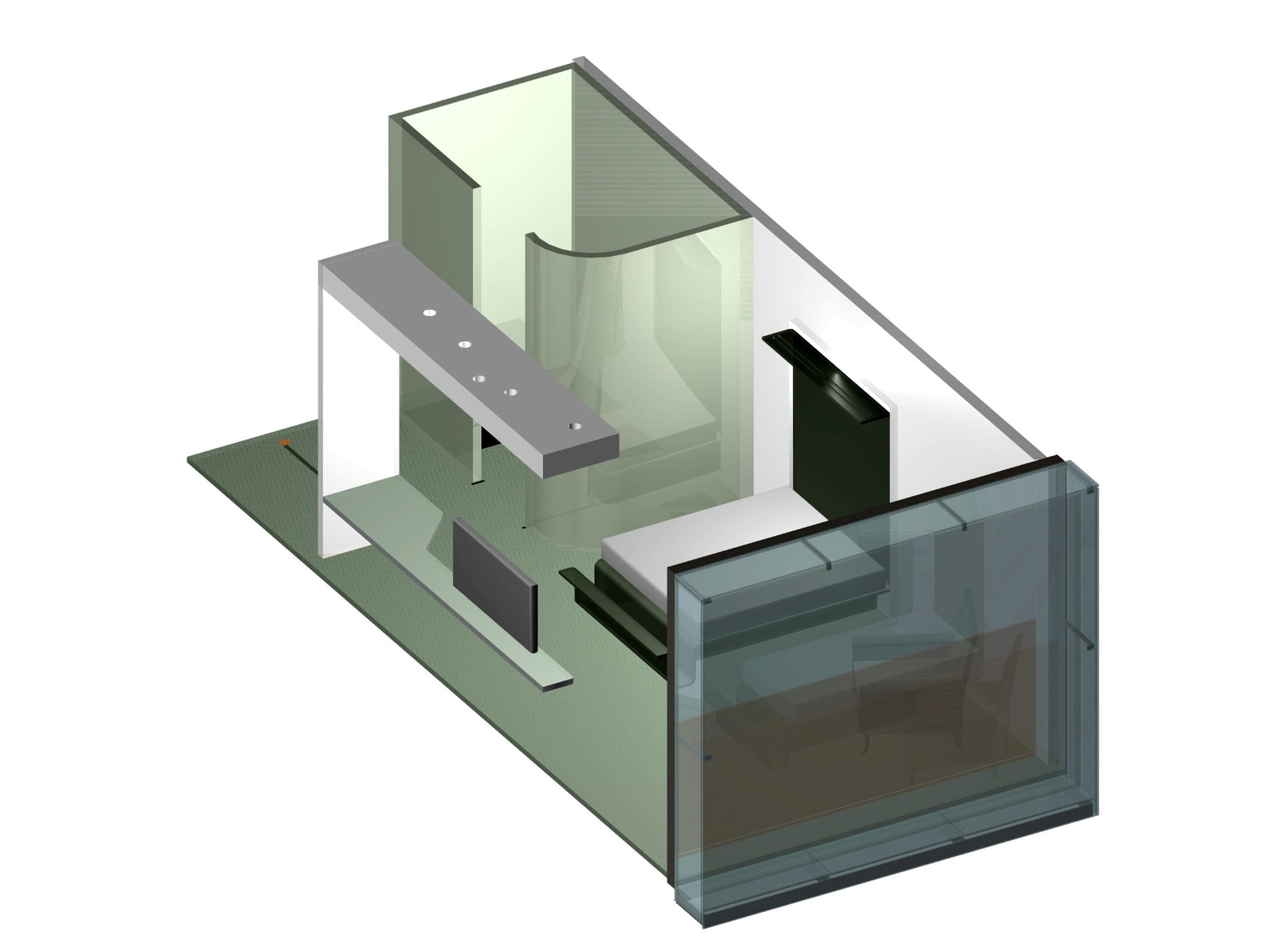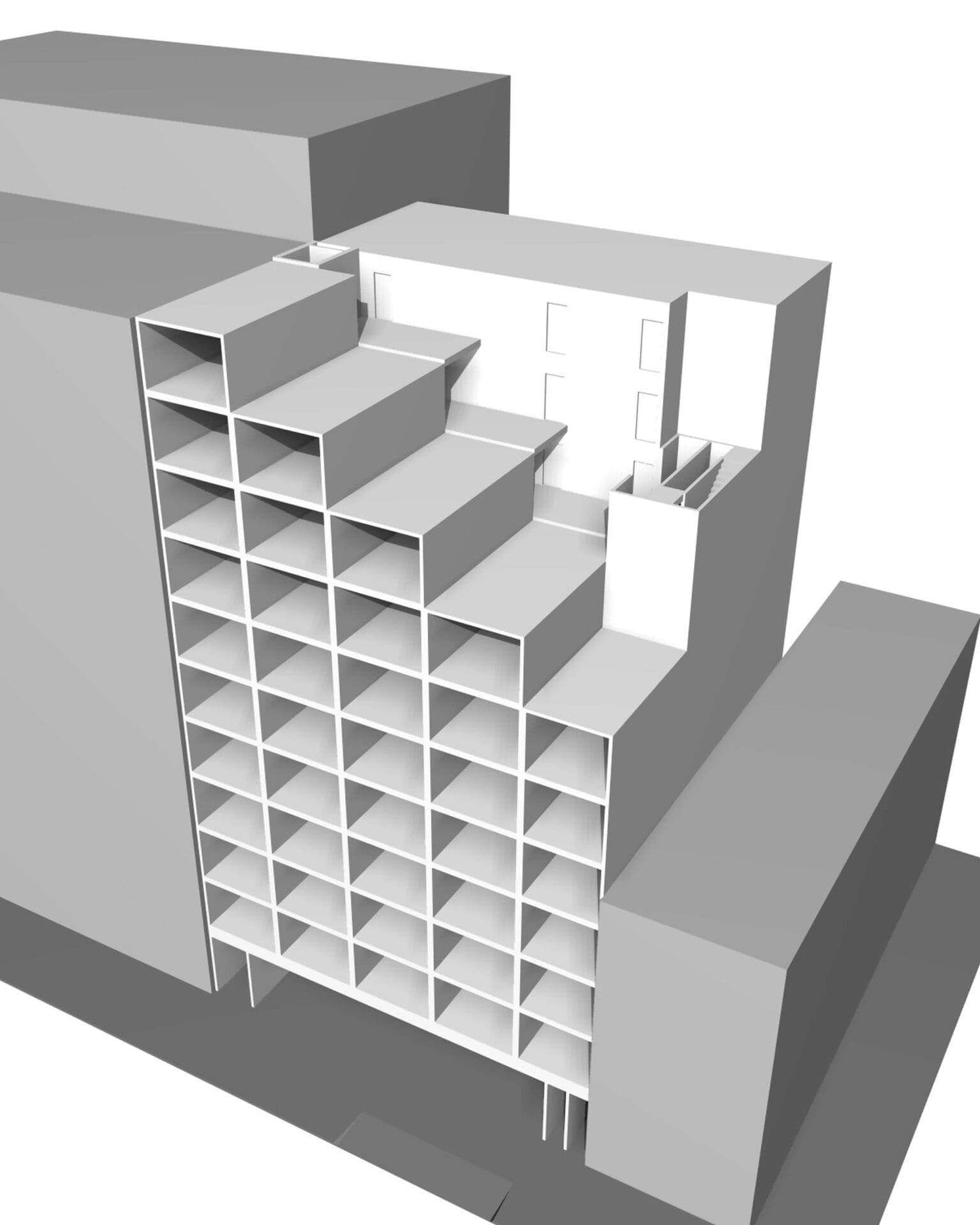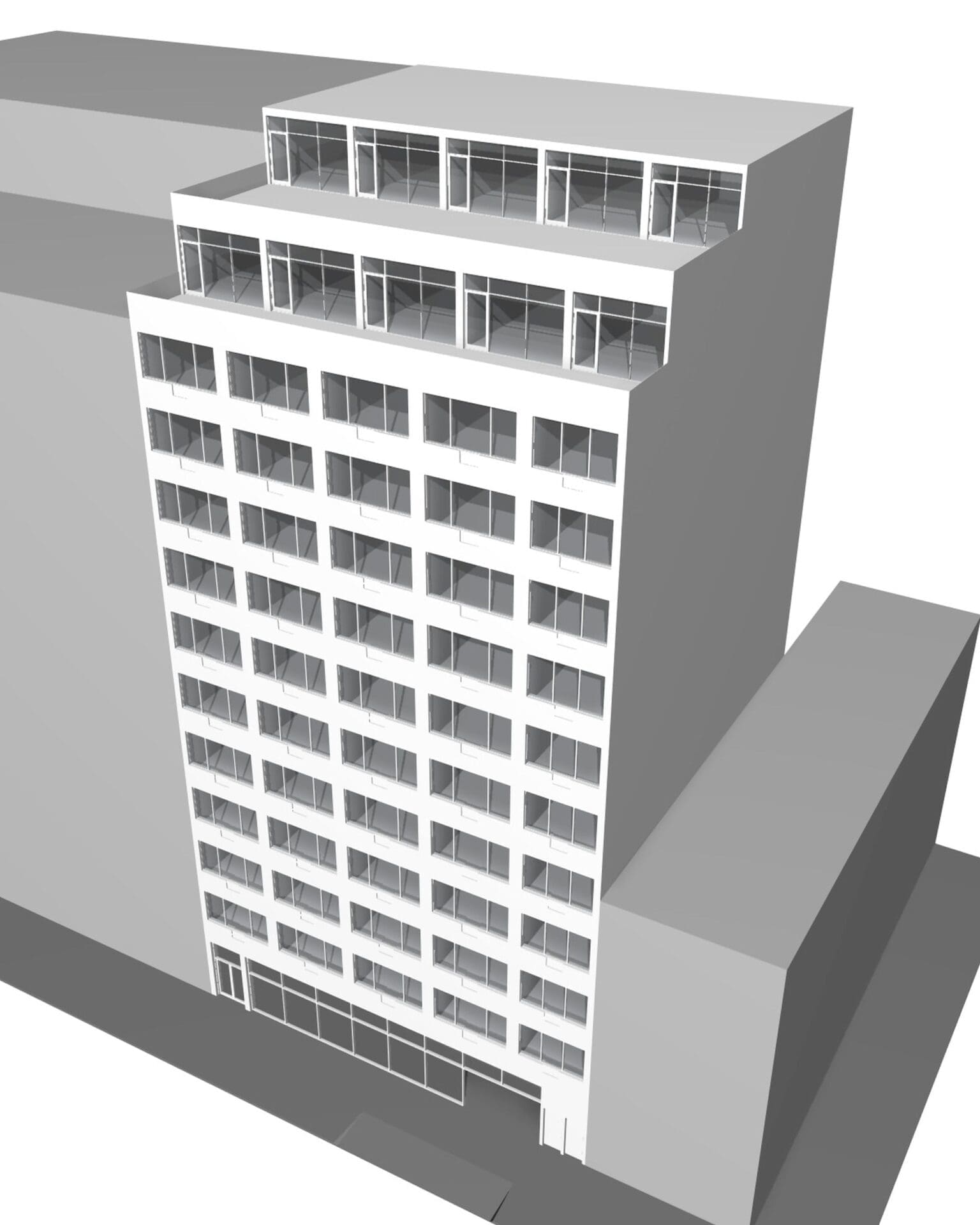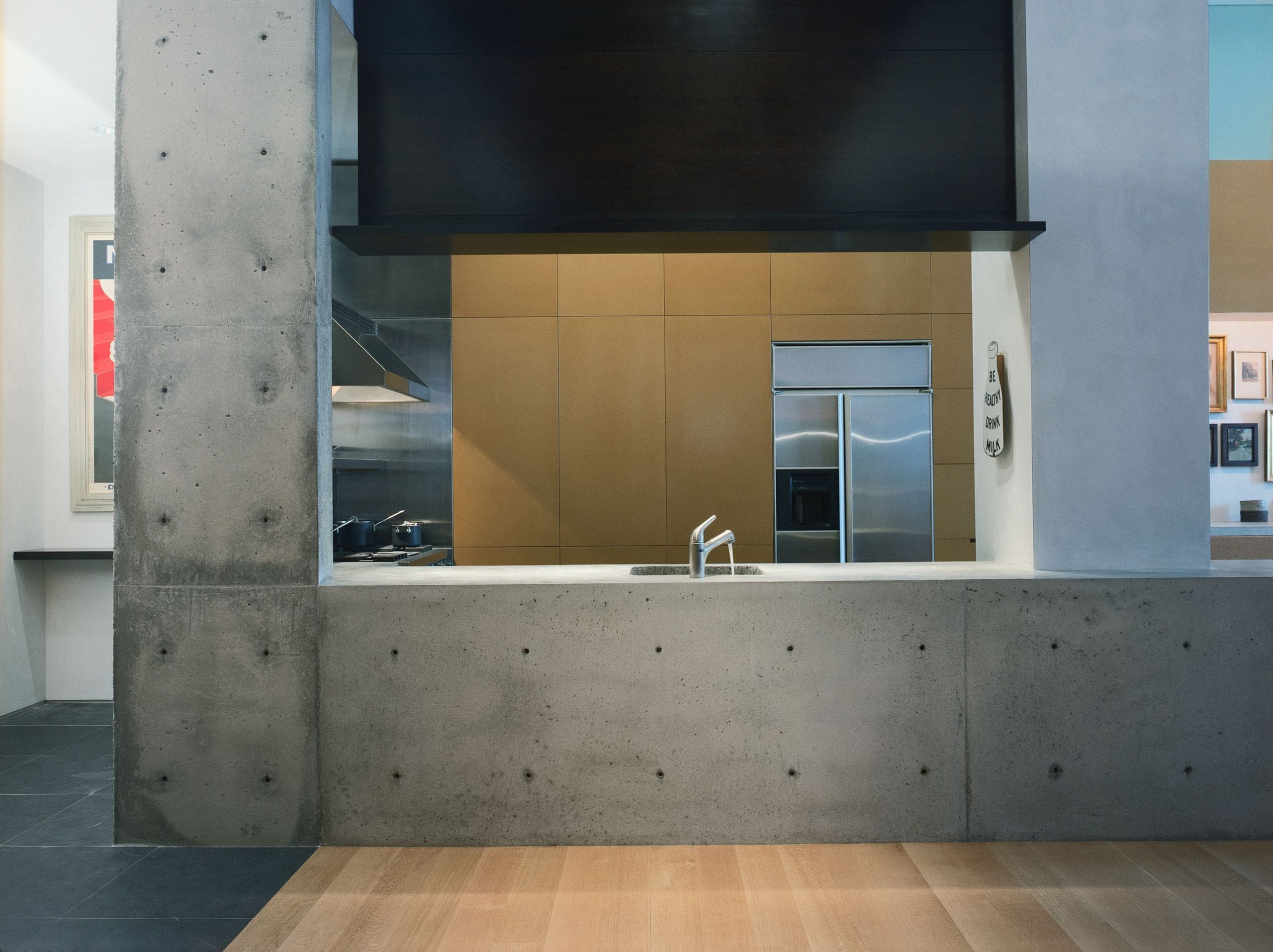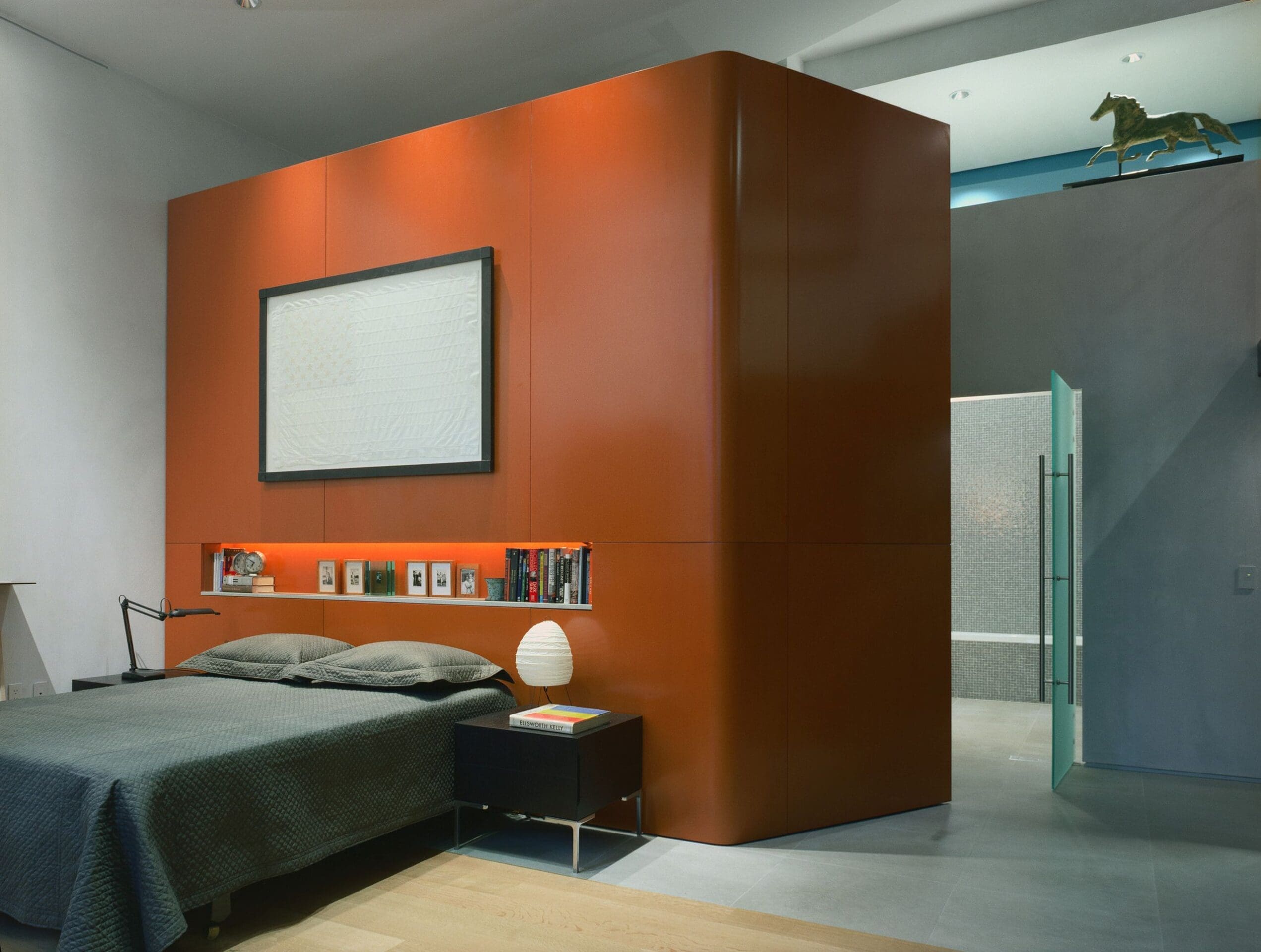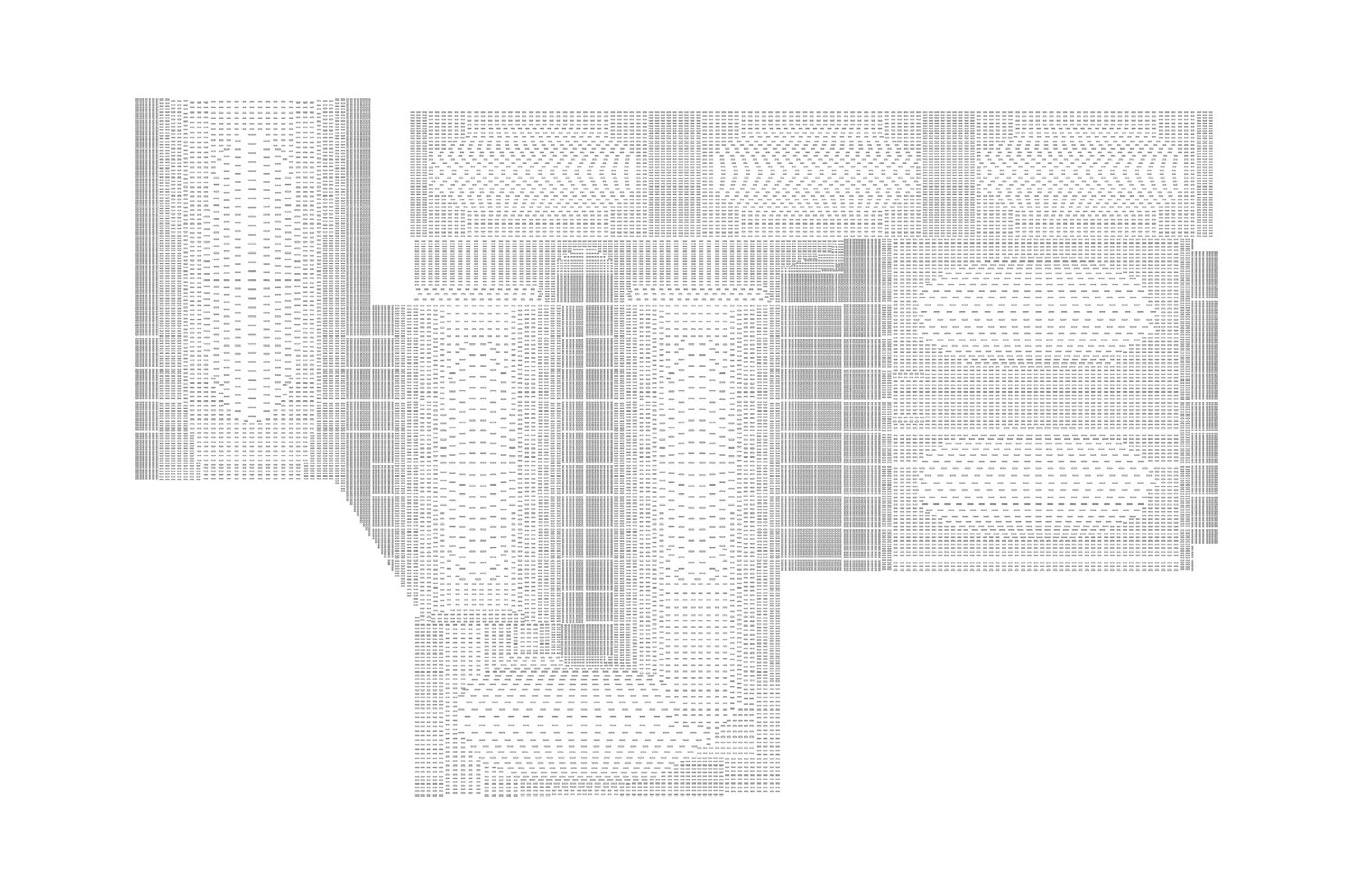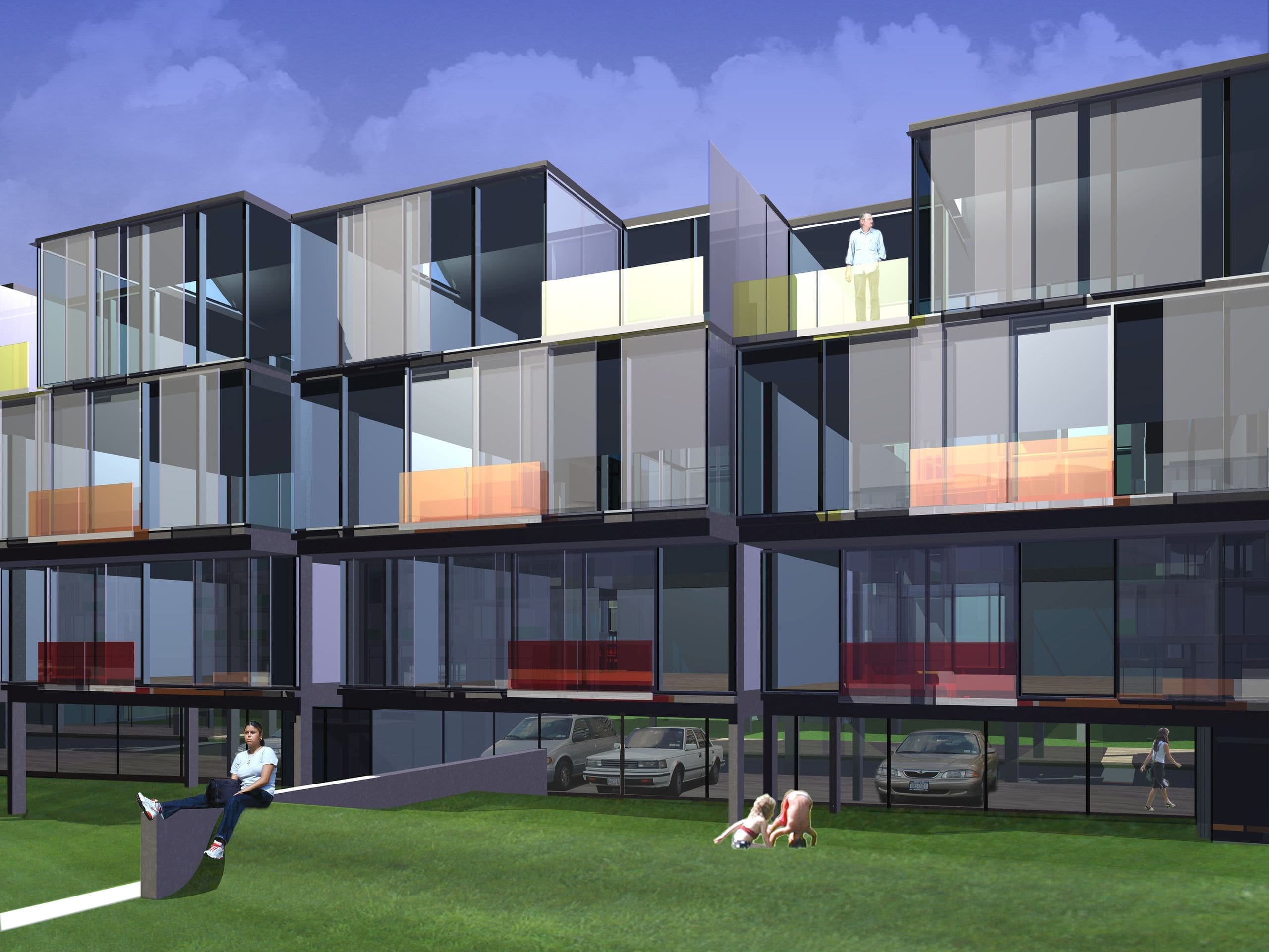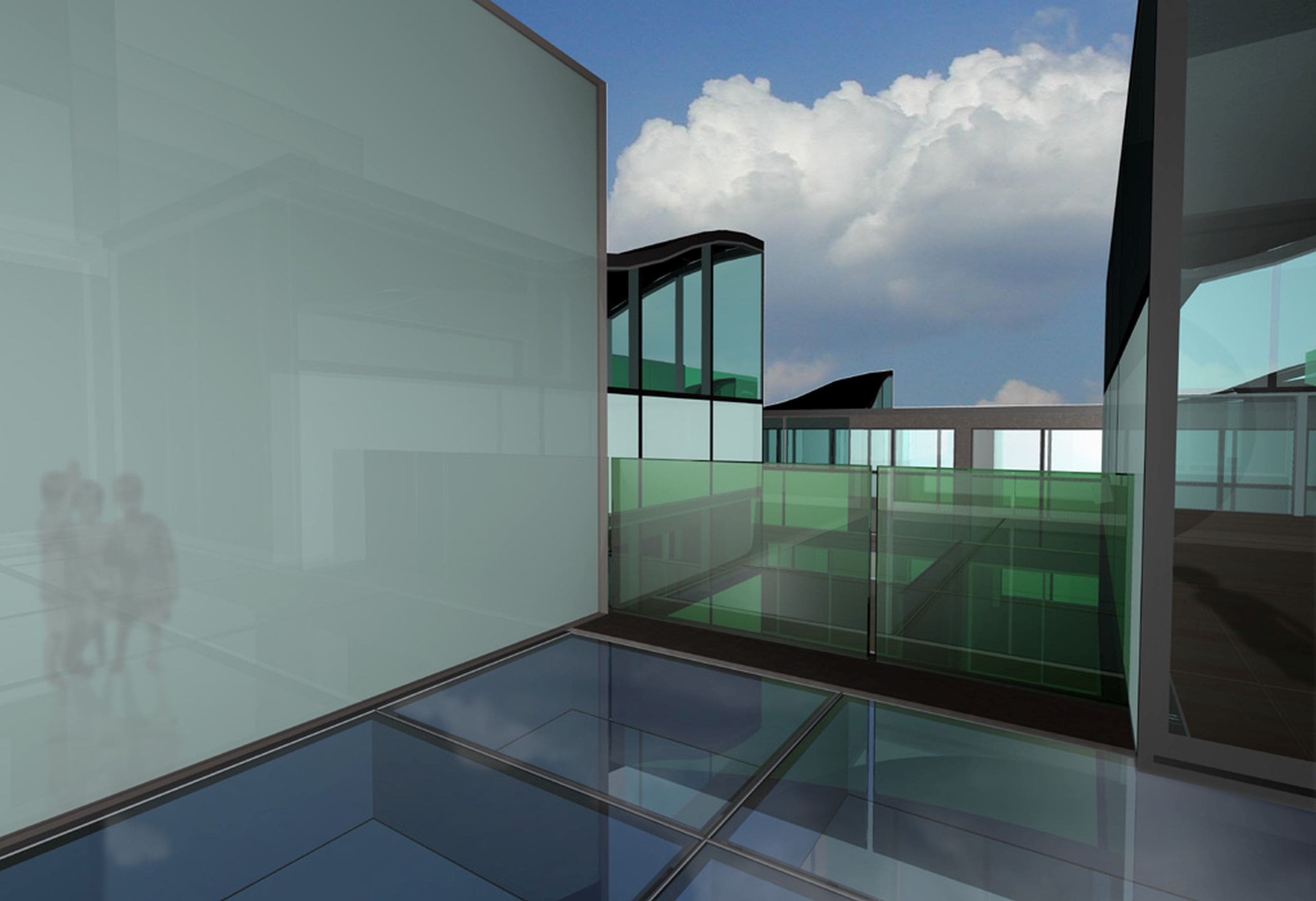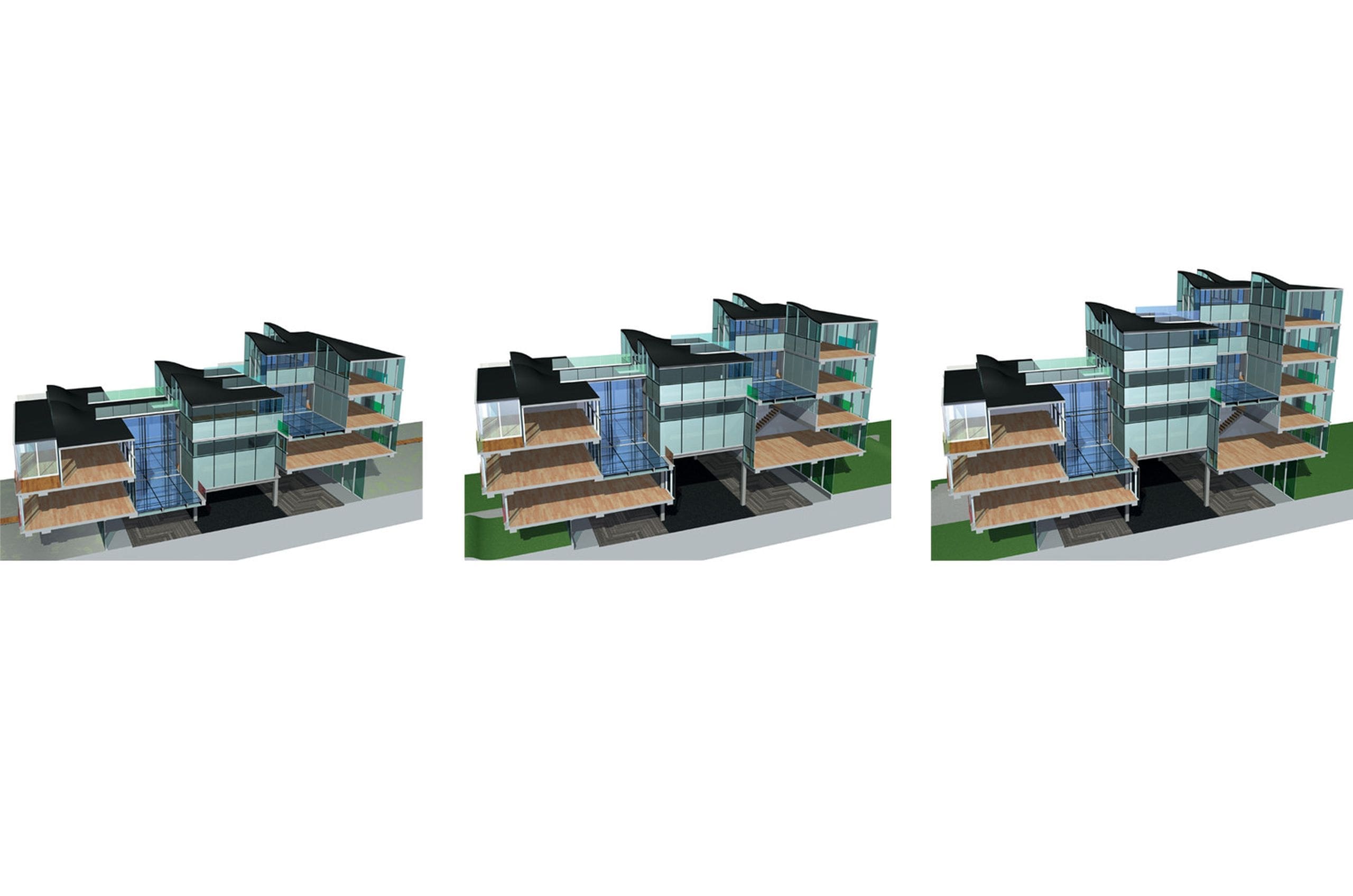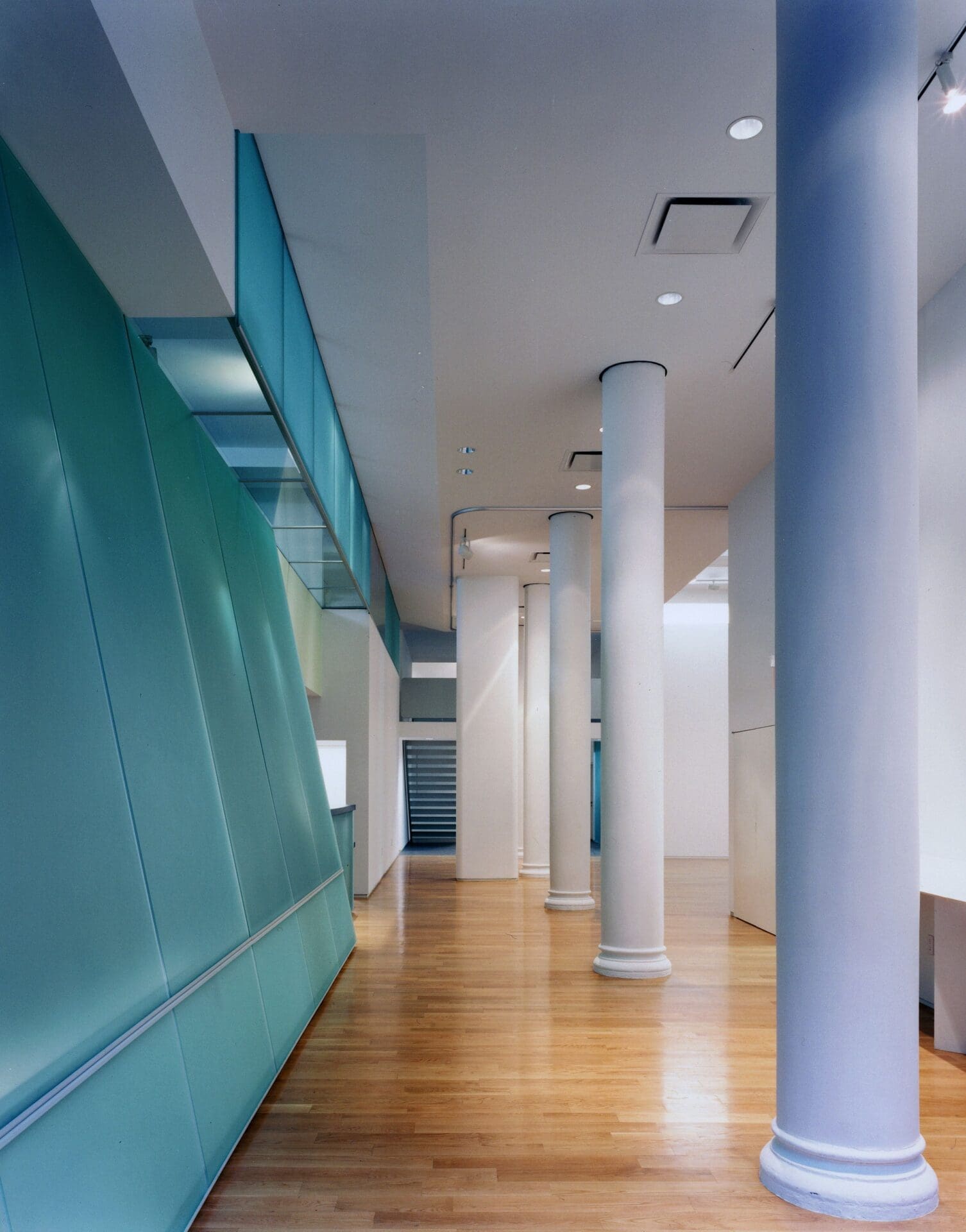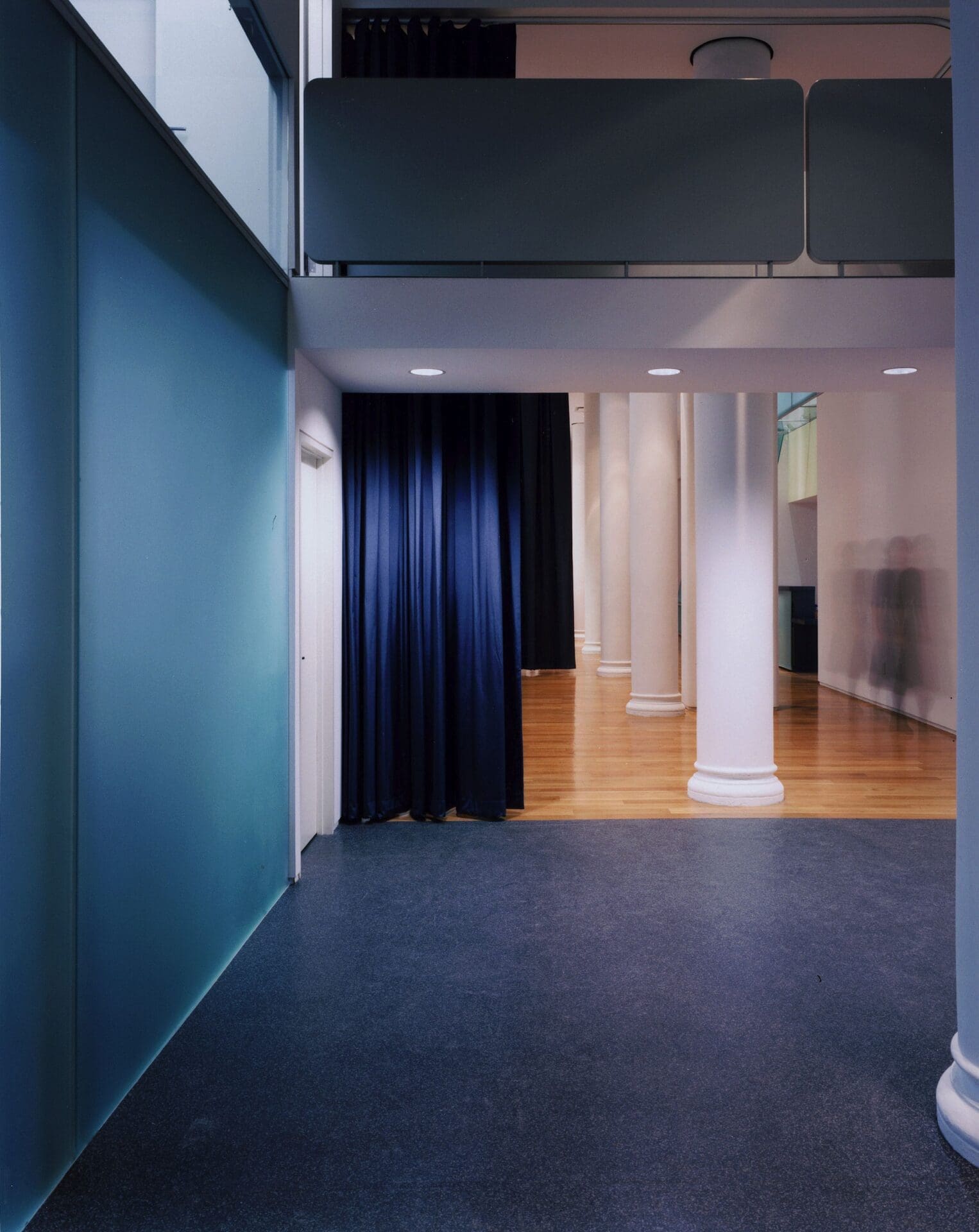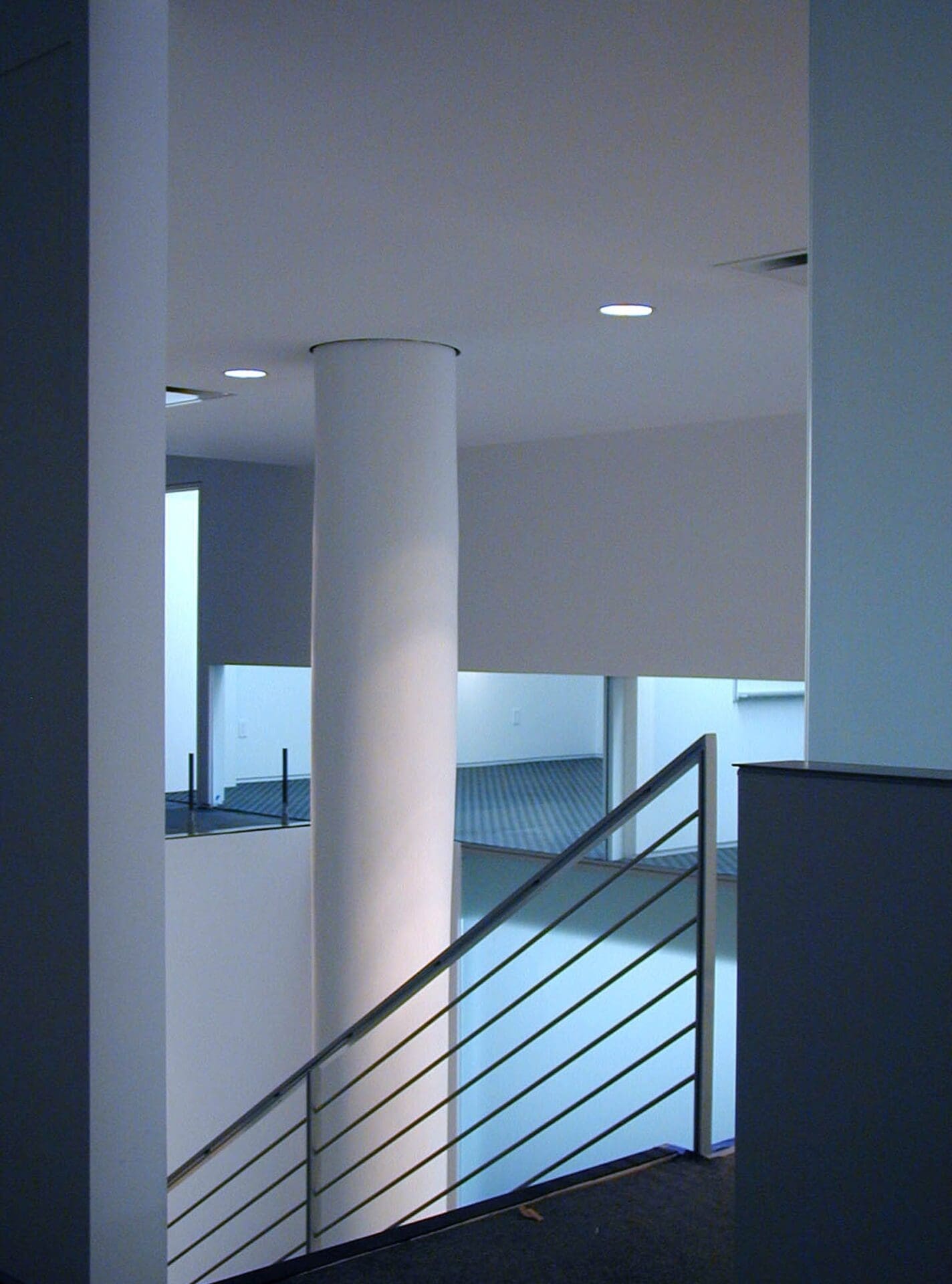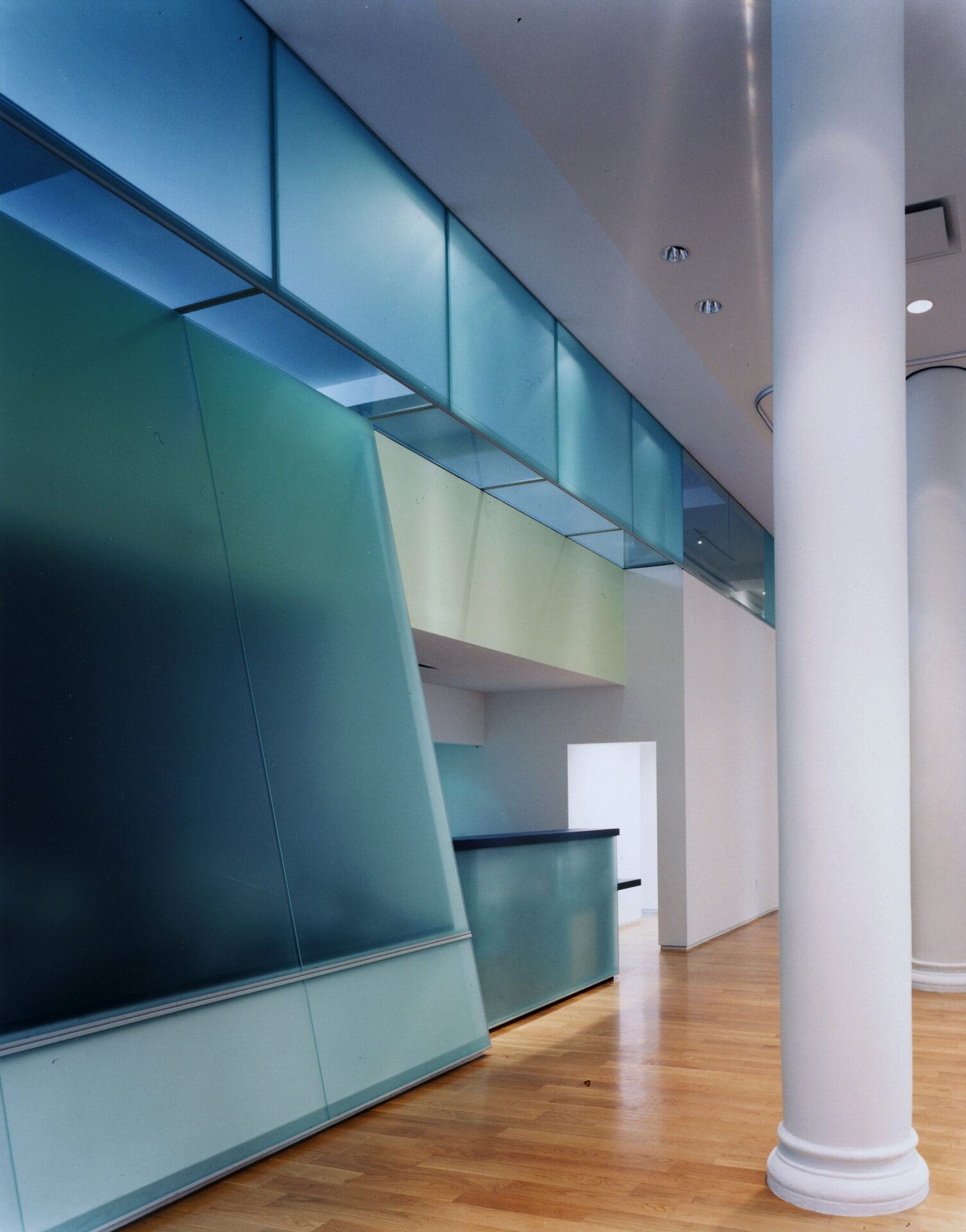The POD Development System
iFAB Research and Development
The concept of the POD development System is to construct mid-rise multi-family rentals and condominiums, hotels, and dormitories in New York City and other urban areas using pre-engineered volumetric building units.
The PODs are manufactured and fitted out in an off-site factory and then delivered to site and assembled to create a self-supporting building structure. The Core Design Team is responsible for developing the design and manufacturing strategy for the prototypical system. Factory, computer controlled production will be utilized to the maximum extent to reduce costs, improve quality and minimize time from conception to reality. Moving beyond normative means of mass production, the goal is to develop a prototypical responsive system that can produce a variable product. The system will evolve and develop to become inclusive of many aspects of housing including furnishings, appliances and services moving toward “high performance living.”
Location
New York, NY
Project Type
Research, Prototype
Year
2002
MFA Design Team
Scott Marble, Karen Fairbanks, Jake Nishimura
Client
GlennRich Holdings, LLC (Glenn McDermott, Douglas Rich)

